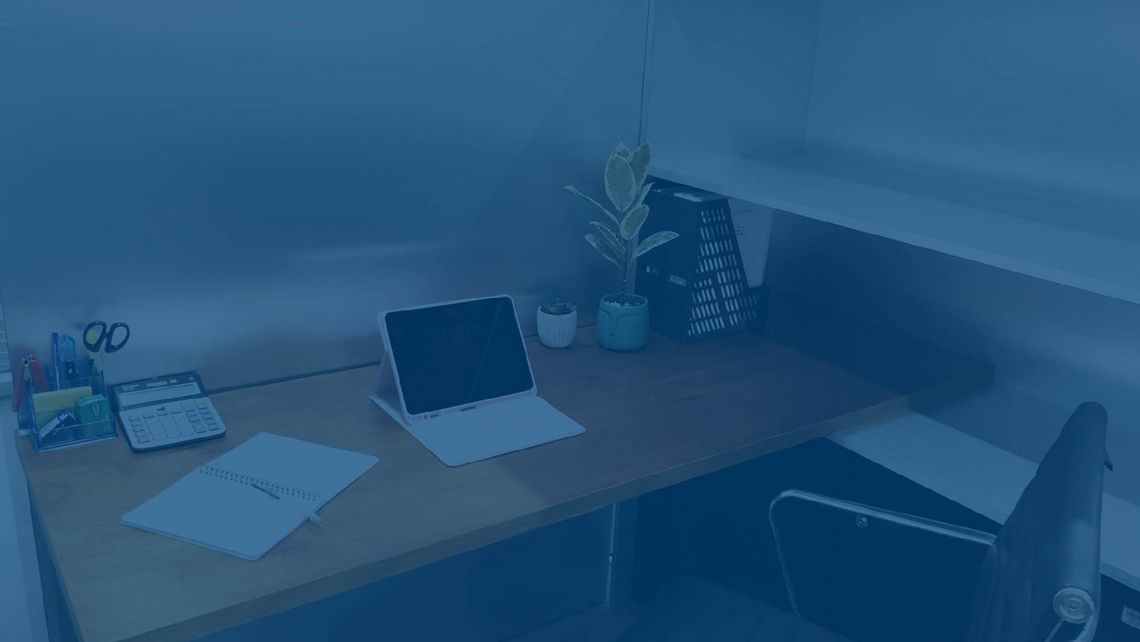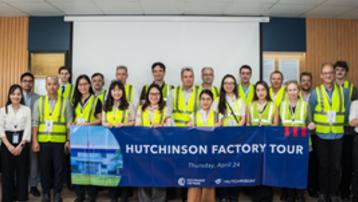How inspiring workplaces can increase staff engagement and retention?

The average worker spends at least 40 hours a week in their workplace. For some, this can rise to as much as 50 or 60 hours if overtime is included. This can often mean that we spend more time in our offices and factories than with our families and friends. Therefore, when it comes to human resources strategies, providing a comfortable and attractive workplace can be the difference between recruiting and retaining the best and brightest or losing staff to competitors.
More and more collaborative spaces
The world of work has seen significant changes in recent times. This has not just been in the post-pandemic shift to remote and flexible working, health and well-being in the workplace, or the growth of automation. It can also be seen in the kind of spaces and workplaces that companies provide for their staff. One of these trends first emerged in the mid-1990s when a group of German coders and computer engineers created a so-called ‘hackerspace’ in Berlin. Since then, from the ‘Schraubenfabrik’ collaborative office in Vienna in 2002 to the first ‘co-working’ space in San Francisco in 2005, this idea has grown and spread right across the globe. So much so that co-working spaces – and the ideas behind them – have permeated most major cities around the world.

Here in Vietnam, co-working spaces have mushroomed in the major economic centers of Ha Noi, Da Nang, and Ho Chi Minh City. Of the almost two hundred co-working spaces in the market in 2020-21, over half (97) could be found in the southern industrial and financial centre. Meanwhile, around one-third (64) were located in the capital with just under ten per cent (18) in the central tech hub, according to a 2022 report from Acclime Vietnam. The report also found that co-working spaces accounted for around six per cent of total office space in Hanoi, with most in high-grade office buildings. Meanwhile, commercial real estate agent Knight Frank has found that the number of co-working spaces in 2021 was over 13 times higher than in 2017. This is set to continue with a strong predicted annual growth rate of 181 per cent into 2022.
Companies of different shapes and sizes are now using co-working spaces. But this is not just about facilities like coffee bars, conference rooms, and concierge services. The attraction is also about sharing ideas and driving innovation in a space designed to facilitate collaboration and motivation. Instead of the traditional open-plan office or isolated, box-like cubicles, co-working spaces are designed to be more sociable; to encourage engagement and inspiration through architecture and design. In other words, people are able to be more creative and productive as a result of them being in a more welcoming workplace.
Companies take inspiration from co-working
But it is not just in co-working spaces that people can find a comfortable, engaging, and inspirational working environment. Not least because big multinational companies would struggle to squeeze their staff into these kinds of spaces. Therefore, forward-thinking business leaders are now starting to incorporate the ideas behind co-working into their own traditional office environments. Big tech companies like Apple, Google, and Facebook have been some of the biggest trendsetters in this regard. Their headquarters include things like rooftop gardens, cafes, and games rooms. But even smaller companies can put these principles into practice on a smaller scale.
This is opening up opportunities not just for real estate companies and building service managers but also for interior designers to create spaces that can inspire teams to be more productive and encourage staff to remain in their jobs for the long term. One such business and CCIFV member, AK Interiors, is leading this approach in Vietnam. Balancing form and function, AK Interiors designs workspaces that inspire workers and boost performance; focusing on how staff use their office and anticipating their changing needs.
Impact of the work environment on productivity

Most people do not want to spend 40 hours a week in a dark office or a windowless cubicle. Environments like these do not inspire people to do their best work or invest their future careers in these organizations for the long term. So, when thinking about how to recruit and retain the best and brightest staff, business leaders and hiring managers need to think about more than just salaries and benefits. Their HR strategies also need to take into account what kind of workplace is on offer to their current and prospective staff. Is it somewhere that can engage and inspire? If not, what might be the impact not just on short-term recruitment but also on long-term business performance?
CCIFV has co-working desks and office space available in both Hanoi and Ho Chi Minh City for companies looking to take advantage of this spirit of collaboration and innovation. Meanwhile, our membership includes some of the best interior designers, real estate service providers, and architects in Vietnam for companies looking to refit and renovate their own office spaces to increase long-term staff engagement.
This article is part of CCIFV magazine "Connect #10 : Well-being : the key to productivity and retention?"

Discover LeBooster business centers!
LeBooster incubators and business centers operate in 50 countries, providing over 1,300 workstations. In Vietnam, CCIFV has two co-working spaces in Hanoi and Ho Chi Minh City.
Learn more
![[Translate to Anglais:] [Translate to Anglais:]](http://aws-a.medias-ccifi.org/fileadmin/_processed_/7/5/csm_gridasia-viglacera-bac-ninh-pers0220231214195526_92c824cbbd.jpg)
